I was met at the airport by my new guide who thankfully spoke much better English than my last guide from Luang Prabang. We arrived at a Buddha Park and enjoyed a stroll around the park. Also known as Xieng Khuang, this unusual park is filled with over two hundred Buddhist and Hindu statues. The quiet and tranquil setting along the Mekong River is a contrast to the slightly eccentric sculptures which were built in 1958 by a Lao shaman. The concrete sculptures are bizarre but intriguing, sitting majestically in the peaceful park. The close up photo of the sculpted face is of the shaman who had all the statues built. He is almost imitating the Buddha to be worshiped. Very weird. My guide Tina was very helpful explaining the meanings and interpretation of all two hundred figures.
The second day I went to COPE, an association working to help landmine victims. A visit to the center provides in-depth information about the history of the American/Vietnam war and the lasting impact of unexploded ordnances (UXO) in the area and the efforts underway to clear them. The photo shows what was known as a “cluster bomb” which was used extensively by President Johnson. Forty years later hundreds of people are still killed every year in Laos by the undetonated bombs. The lasting effects of a war that really should never have happened. Often times the B-52 bombers would simply unload unused bombs over the country of Laos due to the danger of returning to land with a live payload. More tons of bombs were dropped on Laos than all of Europe during World War II.
On a brighter side I visited a local “Starbucks” kind of roadside coffee stand and got a bag of iced coffee. (Jonathan, you have got to show these pictures to Ginger.) Laos does not have any manufacturing, so they don’t use paper cups. They sell everything in plastic bags. My tour was topped off at the Laos’ version of the Arc de Triomphe. As you make you way up to the top, each floor is filled with shops selling T-shirts and gifts. Very strange. Equally strange were the photographers’ set-ups in the back of their cars filled with color printers to sell pictures. There was even one that had been strapped to a motorcycle.

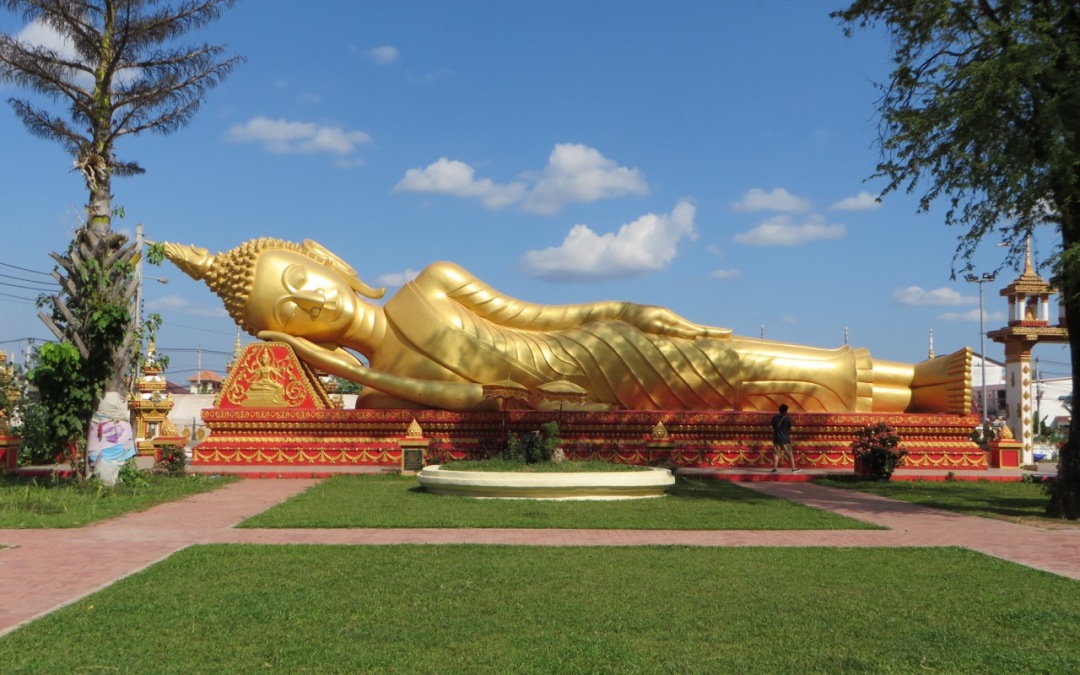
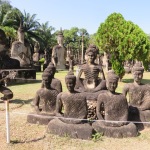
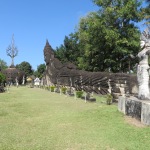
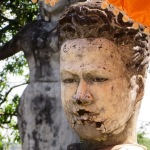
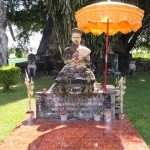

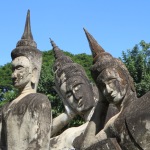
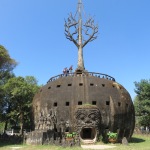

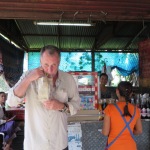

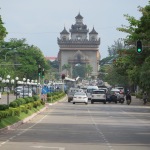

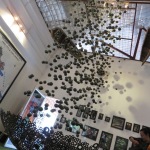

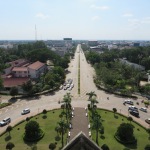
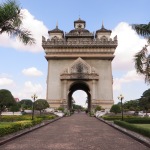

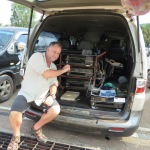
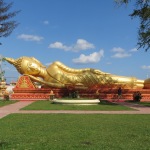
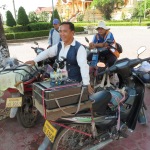
Recent Comments